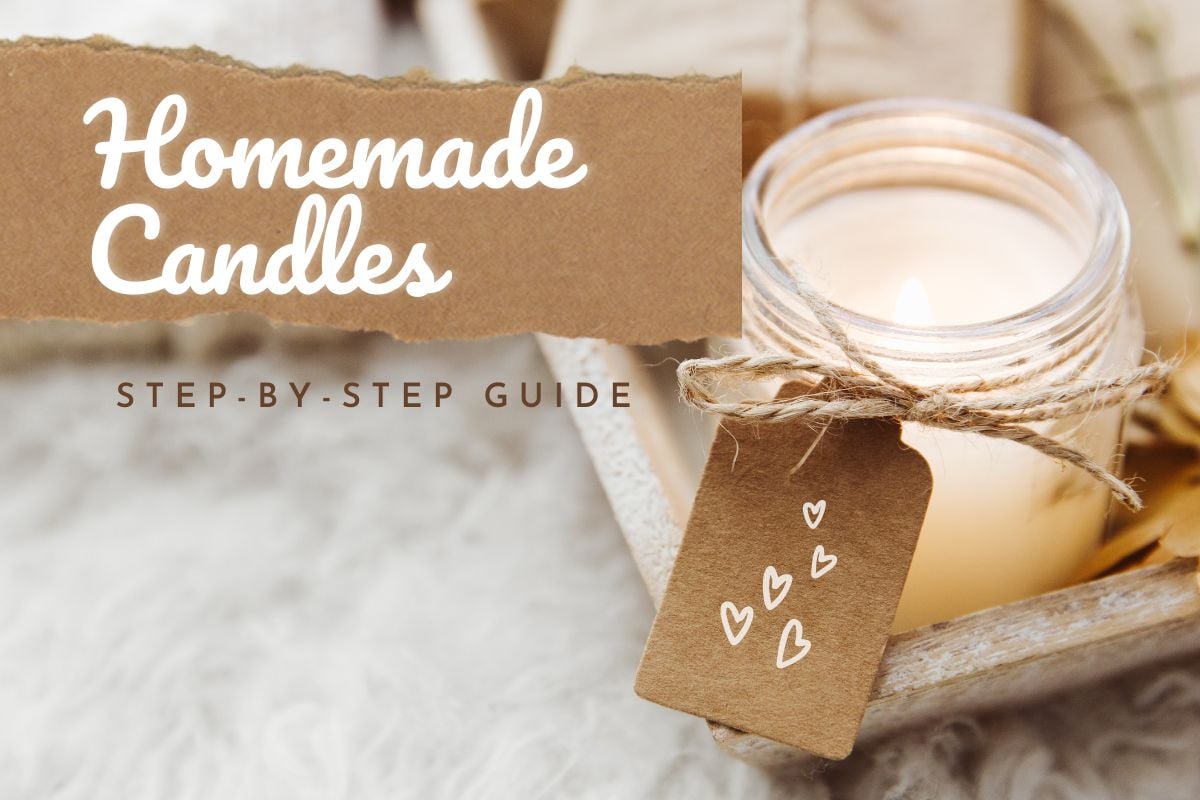When it comes to wire jewelry, understanding wire gauge is essential. Wire gauge determines the diameter and thickness of a wire, and it is crucial to know the conversions between different gauge systems. Whether you are a DIY enthusiast or a jewelry maker, this wire gauge chart will help you navigate the world of wire gauges and make informed decisions for your projects.
Table of Contents
Understanding Wire Gauge
Wire gauge is a standardized measurement system used to determine the diameter of a wire. It is represented by a numerical value, with higher numbers indicating thinner wires and lower numbers indicating thicker wires. The most commonly used wire gauge systems are the American Wire Gauge (AWG), the Metric Wire Gauge (mm²), and the Standard Wire Gauge (SWG).
Wire Gauge Conversions
To ensure accuracy and compatibility across different gauge systems, it is essential to understand the conversions between wire gauge measurements. Our comprehensive wire gauge chart provides easy-to-read conversions between AWG, mm², inches and SWG, allowing you to seamlessly switch between gauge systems depending on your project requirements.

Navigating the Wire Gauge Chart
Our detailed wire gauge chart includes a comprehensive conversion table that provides the corresponding measurements for each wire gauge. From the thickest gauges to the finest wires, you can easily find the equivalent measurements in millimeters and inches. This valuable resource will save you time and effort, ensuring accurate measurements and successful project outcomes.
Tips for Using the Wire Gauge Chart
When using the wire gauge chart, keep the following tips in mind:
- Identify the gauge system you are working with (AWG, mm², or SWG).
- Locate the gauge value on the chart and find the corresponding measurements in millimeters and inches.
- Double-check your measurements to ensure accuracy and compatibility with your project requirements.
- Familiarize yourself with the specific gauge system commonly used in your industry or hobby to streamline your workflow.
What Gauge Wire is Best for Jewelry Making
In jewelry making and wire wrapped jewelry, the most common gauge sizes used can vary depending on the specific project and desired outcome. However, there are a few gauge sizes that are frequently used in these crafts. The most common gauge sizes for jewelry making and wire wrapped jewelry typically range from 18 gauge to 26 gauge.
For heavier and more substantial pieces, such as cuffs or bangles, 18 gauge wire is often chosen. It provides durability and strength while still being manageable for shaping and manipulating.
For a variety of jewelry components, including ear wires, jump rings, and chain links, 20 gauge wire is commonly used. It strikes a balance between strength and flexibility, allowing for intricate designs and comfortable wear.
For more delicate and intricate designs, such as wire-wrapped pendants or lightweight earrings, 22 gauge and 26 gauge wires are often preferred. These gauges are thinner, offering more flexibility and allowing for detailed wirework.
Ultimately, the choice of gauge size will depend on the specific design, desired aesthetic, and intended purpose of the jewelry piece. It is important to consider factors such as weight, durability, and ease of manipulation when selecting the appropriate wire gauge for your jewelry making or wire wrapped jewelry projects.
Understanding wire gauge conversions is essential for anyone working with wires. Whether you are an electrician, jewelry maker, or DIY enthusiast, having a comprehensive wire gauge chart at your fingertips will make your work easier and more efficient. By knowing the conversions between wire gauge measurements in millimeters and inches, you can confidently select the appropriate wire thickness for your projects and ensure successful outcomes. So, bookmark our wire gauge chart, and let it be your go-to resource whenever you need accurate wire gauge conversions.
Related readings:
Wire Wrapping Tips for Jewelry Making Beginners
8 Essential Tools For Wire Wrapping For Beginners
How to Choose the Right Wire for Jewelry Making?
How to Straighten a Wire for Jewelry Making Beginners?
9 Basic Jewelry Making Tools for Beginners




